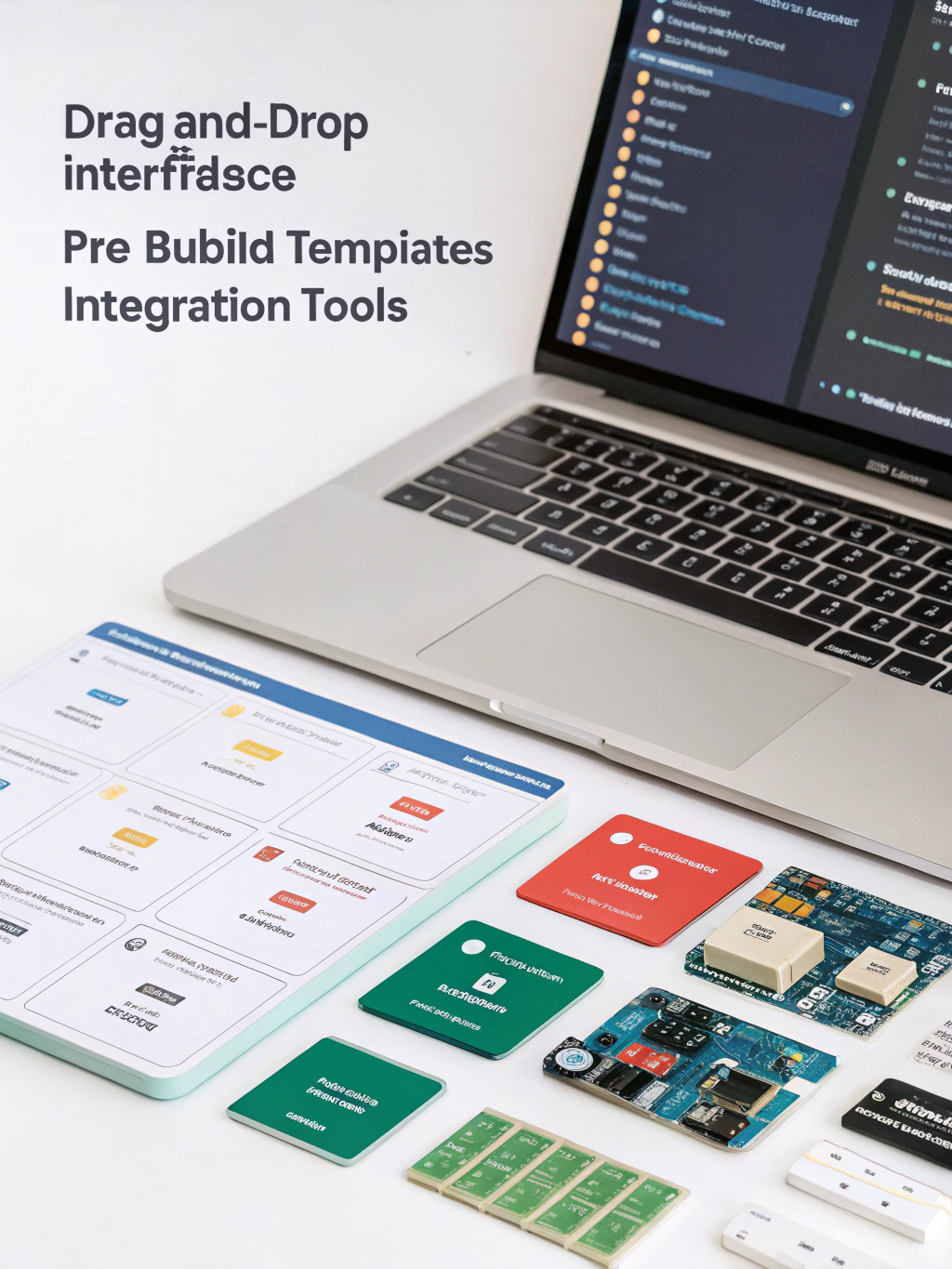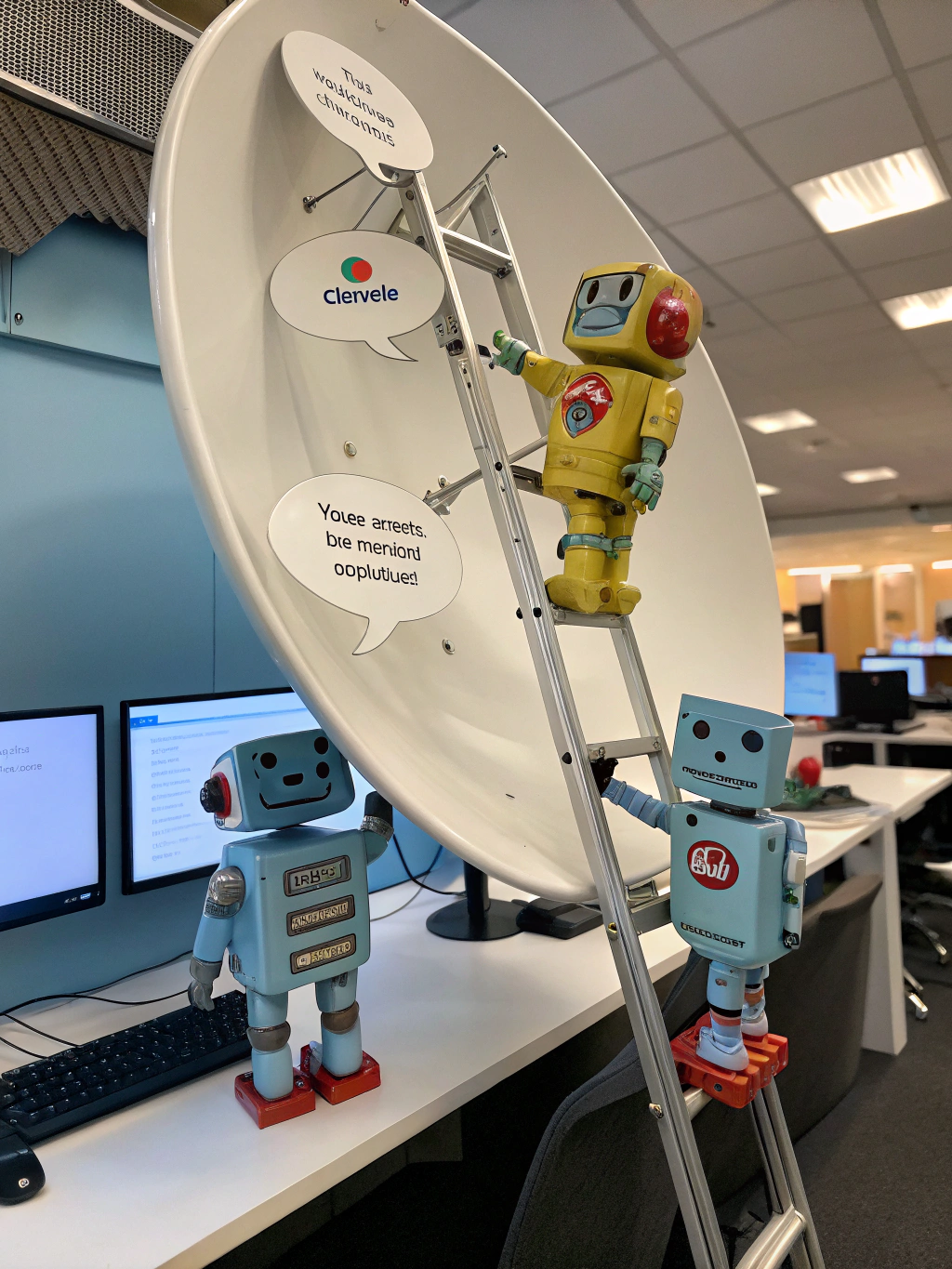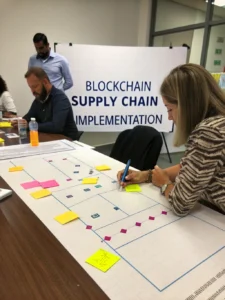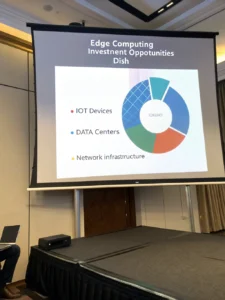The Rise of Low-Code Platforms for Business
Is Traditional Coding Holding Businesses Back? The Rise of Low Code Platforms
Have you ever wondered why so many businesses are struggling to keep pace with rapid digital transformation? The answer, often, lies in the limitations of traditional software development. Building custom applications with conventional coding methods can be time-consuming, expensive, and require highly specialized skills. But a powerful paradigm shift is underway, empowering businesses of all sizes to innovate faster than ever before. This shift is driven by the emergence of Low Code Platforms, and it’s poised to revolutionize App Development as we know it. Low Code Platforms are democratizing software creation, and understanding their potential is no longer optional – it’s crucial for survival in today’s competitive landscape.
Key Concepts & Trends
Imagine building with LEGOs versus crafting each brick individually. That’s the fundamental difference between traditional coding and Low Code Platforms. Instead of writing lines of code, users interact with visual interfaces, drag-and-drop components, and pre-built modules to assemble applications. This approach significantly accelerates the development process and reduces the need for extensive coding expertise.
Several key trends are shaping the evolution of Low Code Platforms:
- AI-Powered Development: Artificial intelligence is increasingly integrated to automate repetitive tasks like code generation, data mapping, and even UI design. This further speeds up development and minimizes errors.
- Citizen Development: Low Code Platforms empower “citizen developers”—business users with domain expertise but without deep technical skills—to build applications that solve their specific needs. This reduces the burden on IT departments and fosters innovation closer to the business problem.
- Integration Capabilities: Modern Low Code Platforms offer seamless integration with existing systems and data sources, ensuring that new applications can connect with crucial business data.
- Hyperautomation: Low Code Platforms are a core component of hyperautomation strategies, enabling the automation of complex workflows and processes across the enterprise.
- Composable Applications: The trend toward building applications from reusable, independent components, facilitated by Low Code Platforms, allows for greater flexibility and faster adaptation to changing business requirements.
A recent report by Gartner predicts that by 2025, 65% of application development will be enabled by Low Code Platforms, highlighting their rapidly growing adoption.

Data & Market Insights
The Low Code Platforms market is experiencing explosive growth. According to a recent report by HolonIQ, the global Low Code Platforms market is projected to reach $62 billion by 2027, growing at a CAGR of over 25%. This growth is fueled by increasing demand for faster application delivery, reduced development costs, and the need to address the growing shortage of skilled developers.
Consider Salesforce’s success with its Lightning Platform. Businesses are leveraging it to build custom applications for sales, service, and marketing, resulting in significant improvements in efficiency and customer experience. Similarly, companies are using Low Code Platforms like OutSystems to build complex enterprise applications with stringent security requirements. App Development using Low Code Platforms allows organizations to respond quickly to market changes and customer demands.
Smarter Strategies & Alternatives
While Low Code Platforms offer tremendous benefits, it’s essential to choose the right platform and implement it strategically. Don’t view Low Code Platforms as a complete replacement for traditional coding. Consider a hybrid approach – using Low Code Platforms for rapid prototyping and simpler applications, while reserving traditional coding for complex, highly customized needs.
Beyond the major players, several niche Low Code Platforms cater to specific industries, such as healthcare and finance. For example, Mendix offers strong capabilities for building scalable enterprise applications, while Microsoft Power Apps is well-suited for citizen development within organizations already invested in the Microsoft ecosystem. Prioritize platforms with robust security features and strong vendor support to mitigate potential risks.
Use Cases & Applications
The versatility of Low Code Platforms makes them applicable across a wide range of industries. Here are a few examples:
- Customer Relationship Management (CRM): Building custom CRM solutions tailored to specific business processes.
- Internal Process Automation: Automating workflows for approvals, data entry, and other repetitive tasks.
- Mobile App Development: Creating mobile applications for employees, customers, or partners.
- Data Collection and Management: Building applications for collecting and managing data from various sources.
- Supply Chain Management: Optimizing supply chain processes through automated tracking and reporting.
Numerous startups have leveraged Low Code Platforms to quickly launch Minimum Viable Products (MVPs) and validate their business ideas. For example, a fintech startup used OutSystems to build a loan application platform in just a few weeks, significantly reducing development time compared to traditional methods and gaining a competitive advantage.
Common Mistakes to Avoid
Even with the advantages of Low Code Platforms, it’s crucial to avoid common pitfalls:
- Lack of Governance: Without proper governance, citizen development can lead to a sprawl of poorly maintained applications. Establish clear guidelines and standards for application development.
- Ignoring Scalability: Ensure the chosen platform can handle future growth and increasing data volumes.
- Insufficient Training: Providing adequate training to users is crucial for successful adoption and maximizing the platform’s potential.
- Over-reliance on Pre-built Components: While convenient, relying solely on pre-built components can limit customization options.
- Neglecting Security: Prioritizing security from the outset is non-negotiable. Carefully evaluate the platform’s security features and implement robust security practices.
Maintenance, Security & Long-Term Planning
Low Code Platforms simplify many aspects of application maintenance, but regular updates and security patches are still essential. Regularly review application performance and make necessary optimizations. Implement robust security measures, including access controls, data encryption, and vulnerability scanning.
Consider incorporating a long-term maintenance plan that addresses platform updates, security patches, and potential technological obsolescence. Ensure compliance with relevant industry regulations and data privacy laws.
Summary & Key Takeaways
Low Code Platforms are transforming App Development, empowering businesses to innovate faster, reduce costs, and address the growing demand for digital solutions. By embracing this technology and implementing it strategically, organizations can gain a significant competitive advantage. However, success requires careful planning, robust governance, and a commitment to continuous optimization. The future of software development is undoubtedly Low Code Platforms, and the time to explore their potential is now.
FAQs
Is it too late to invest in Low Code Platforms?
Absolutely not! The Low Code Platforms market is still in its early stages of growth, offering significant investment opportunities.
How can small businesses use AI with Low Code Platforms?
Many Low Code Platforms now integrate AI capabilities, allowing small businesses to automate tasks, personalize customer experiences, and gain insights from data without extensive coding.
What tech stacks scale best with Low Code Platforms?
Low Code Platforms are generally well-suited for building scalable applications. Platforms like OutSystems and Mendix are designed for enterprise-level scalability.
Ready to explore how Low Code Platforms can transform your business? Share your thoughts in the comments below! What are your biggest challenges with current App Development methods? And don’t forget to share this article with your network!
Share this content:














Post Comment